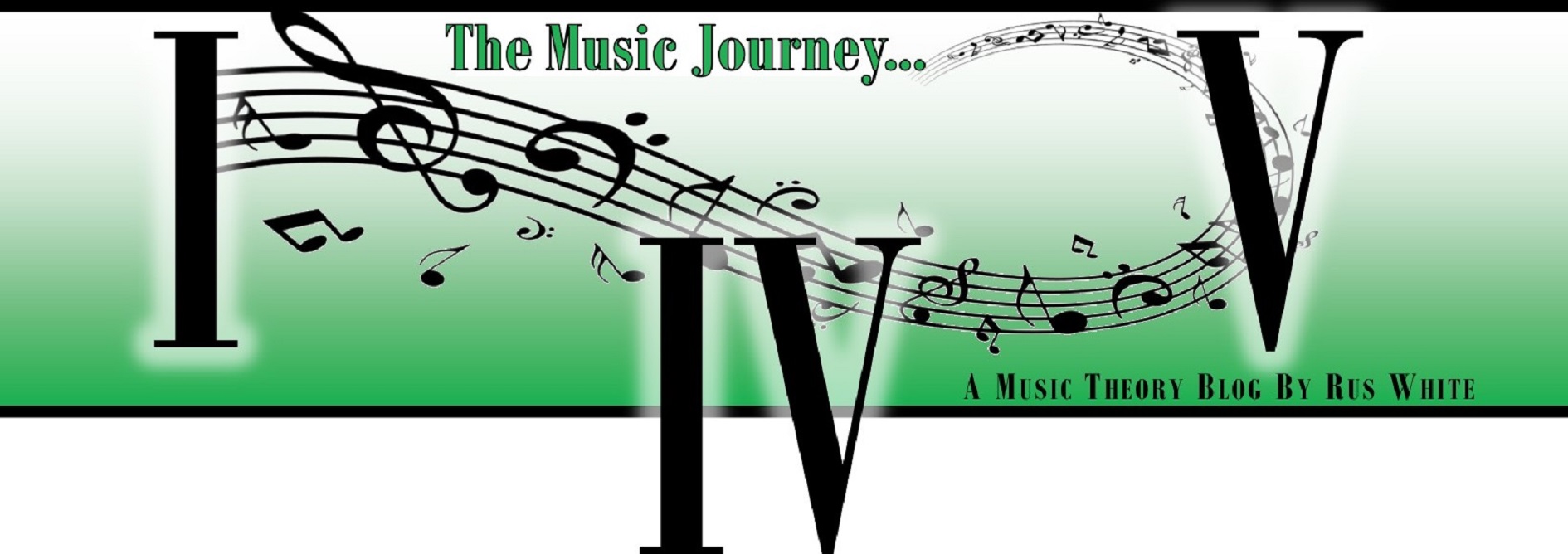
For as long as I can remember, I have ALWAYS loved music. My seventh grade classmate, Sally, was a wonderfully encouraging teacher and I was a quick study during that 3-day weekend and birthday slumber party she invited me to. Sally was eager to teach me what she knew and I was hungry to learn all I could. For years I practiced and built on what she taught me, turning those black markings in the church hymnal into sounds of familiar hymns. Along the way I picked up techniques, learned chords and mimicked passing tones from other friends who had become skillful musicians.
Music Theory was never part of my experience when I learned to read notes and play the piano. What a refreshing discovery the day I learned that my oldest son had all the theory that I’d missed out on. Music has become our love language and our conversations have covered a plethora of topics. This blog is dedicated to reviewing what I’ve learned and sharing music theory that he’s shared with me. So… those of you who love music and want to understand what seems like madness behind the methods, check out this blog regularly as he shares with me and I share with you! Thank You, Rus White, for ‘erasing the rests and tying the notes’!!!

How do a singer and a musician begin a selection? Every song or piece of music has a label. That label is called a key. This stamp, or key signature, can be found immediately after the time signature on the musical staff. A key signature … Continue reading →

Musical tension comes from many places… dynamics, instrumentation, rhythm, chord flavor, and harmonic pulse (frequency: how often chords change). Once tension has been built, one is compelled to get back home, back to the I Chord, to release the tension. There are also many ways … Continue reading →

Musical tension begins once you play and leave the I Chord… from that very moment, you’ll be looking for a way to get back home – back to the I Chord. Tension can also come from instrumentation, dynamics, feel, mood, and/or atmosphere. But regardless of … Continue reading →

Music in general is all about numbers… time signatures, tempo, note lengths (duration), rhythm, progressions, note names (letter names), transposings, inversions (note placement within a chord – figured base). The number system is really easy – once you get it in one key, you’ll know … Continue reading →

Scale degrees are 1 through 7 and have specific names that identify them… The I Chord – “The Tonic Chord”: This chord is the Root, or place of rest, and usually identifies the key that the piece is in. This chord is usually repeated, and … Continue reading →




